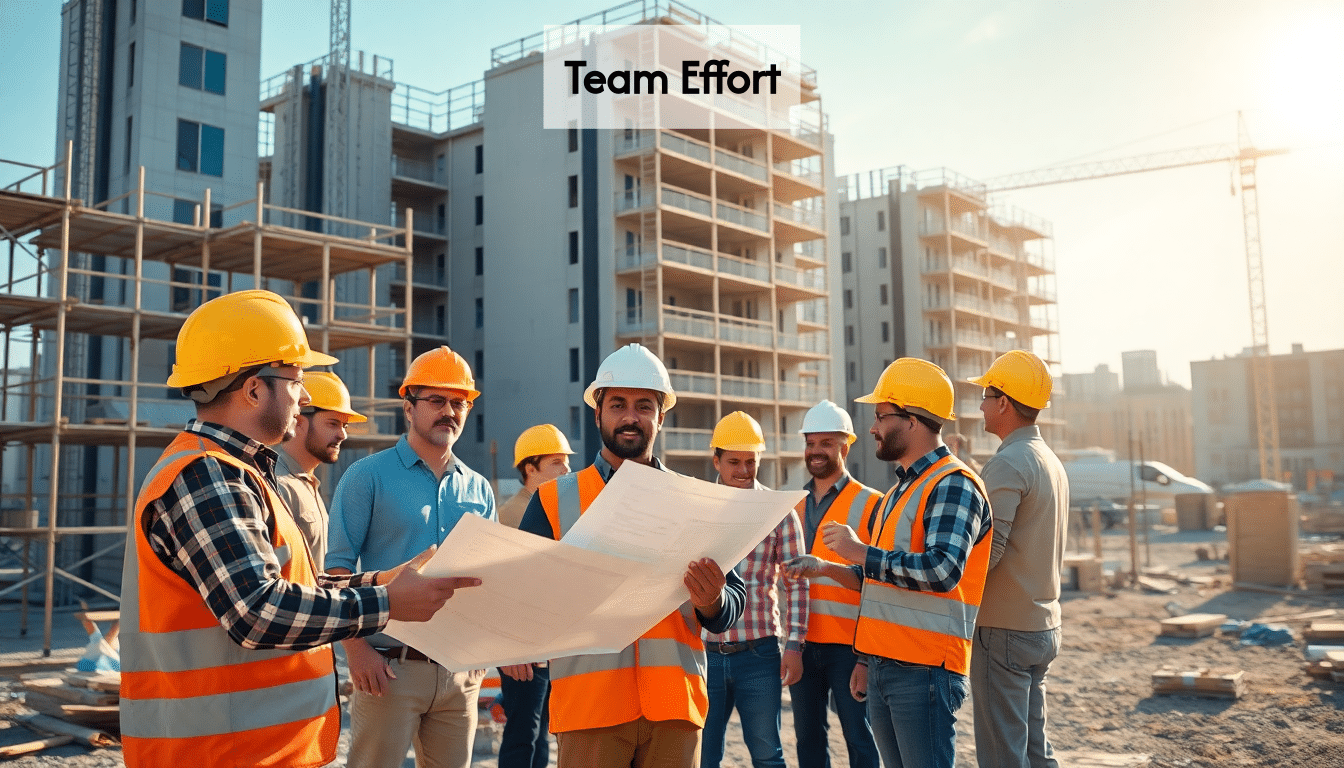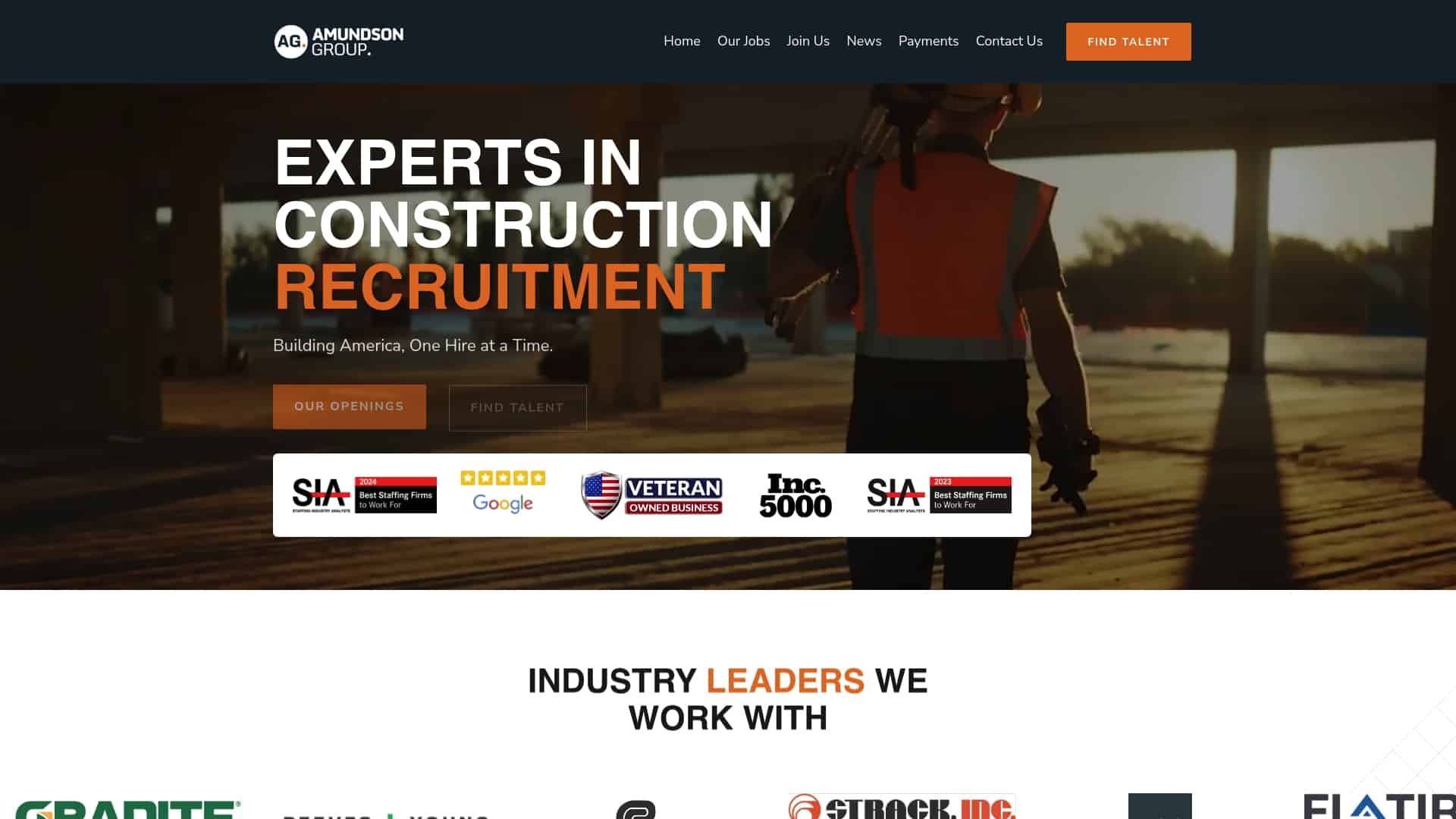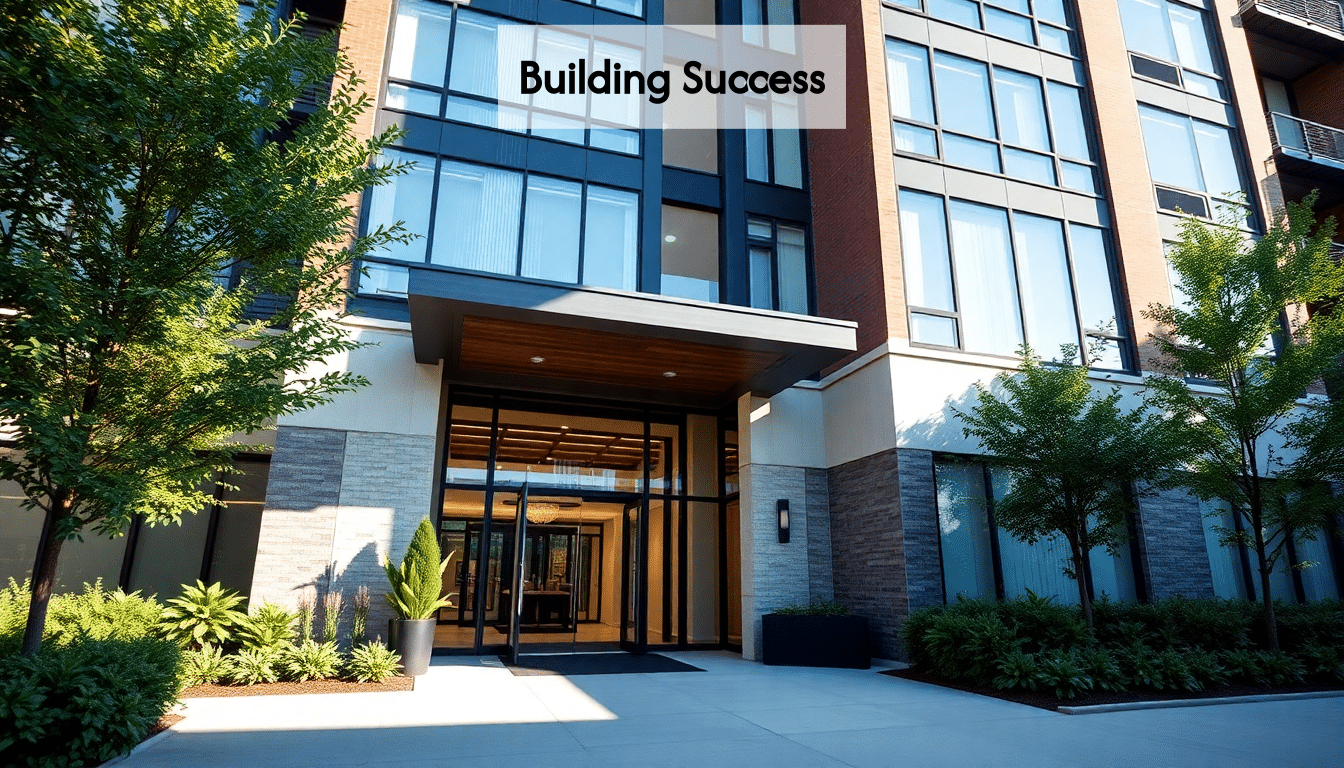Multifamily buildings are rapidly gaining traction in today’s housing market, accounting for over 30% of new construction in urban areas. But here’s the twist—many developers overlook key strategies that can elevate their projects to the next level. What if the secret to maximizing your investment isn’t just about the number of units or location? It’s about smart design, calculated financing, and a deep understanding of market demand. Dive in to discover how to optimize your multifamily projects for success.
Understanding Multifamily Building Basics
Multifamily buildings represent residential properties designed to house multiple separate family units within a single structure or complex. Unlike single-family homes, these properties accommodate several households, making them essential components of urban and suburban housing landscapes.

Types of Multifamily Residences
- Duplexes and Triplexes: Smaller multifamily dwellings containing two or three separate units, often with separate entrances
- Garden Apartments: Low-rise buildings (typically 1-3 stories) arranged around courtyard areas with shared amenities
- Mid-Rise Buildings: Urban multifamily structures of 4-7 stories, balancing density with neighborhood integration
- High-Rise Apartment Towers: Tall multifamily residential buildings exceeding 8 stories, maximizing density in urban cores
Key Components of Successful Multifamily Projects
Successful multi-family residential buildings balance several critical elements:
- Location Fundamentals: Properties in areas with strong employment growth, good schools, and convenient access to transportation consistently outperform other multi-family housing projects
- Unit Mix Optimization: Strategic mix of studio, one-bedroom, two-bedroom, and larger units based on demographic research and market demand
- Amenity Selection: Thoughtfully selected community features that match target tenant preferences and location
According to industry analysis from NorthMarq, multifamily properties are classified into distinct categories (A, B, and C) based on quality, location, and amenities, with Class A representing high-end properties in prime locations that are considered the safest investments.
Key Takeaways
| Takeaway | Explanation |
|---|---|
| Location is Critical | Multifamily properties should be located in areas with strong employment growth, good schools, and transportation access to ensure high demand. |
| Unit Mix Matters | A strategic mix of unit sizes based on demographic research is essential for attracting the right tenants and maximizing occupancy. |
| Design for Functionality | Focus on optimizing space with features like vertical storage and multi-functional areas to enhance livability and profitability. |
| Understand Ownership Structures | Familiarity with various ownership types (rental apartments, condos, co-ops) guides investment and development decisions appropriately. |
Multifamily Ownership Structures
Multifamily residences can be structured as:
- Rental apartments (owned by a single entity)
- Condominiums (individually owned units)
- Co-operative housing (resident-owned building shares)
- Mixed-use developments (combining residential with commercial spaces)
Understanding these fundamentals provides the necessary foundation for successfully designing, financing, and developing profitable multifamily dwellings.
Smart Design & Zoning Tips
Effective multifamily building design balances functionality, aesthetics, and efficiency to create spaces that attract and retain residents while maximizing return on investment.
Space Optimization Strategies
Maximizing usable space is essential in multifamily residences where square footage directly impacts profitability.
- Vertical Space Utilization: Design units with higher ceilings (9-10 feet) and incorporate vertical storage solutions. This creates a sense of spaciousness while providing practical storage options in multi-family dwellings.
- Multi-Functional Areas: Develop flexible spaces that serve multiple purposes, such as lobby areas that double as co-working spaces during business hours and social gathering spots in evenings.
- Strategic Storage Solutions: Incorporate built-in storage throughout units—under stairs, in unused corners, and within furniture—to maximize livable space without sacrificing storage capacity.
According to HomeWorld Design, defining distinct functional zones using rugs, lighting, or subtle architectural elements helps create purpose-driven spaces even in compact multi-family units.

Zoning Considerations
Navigating zoning regulations is critical for successful multifamily building development:
- Density Requirements: Research local zoning codes for allowable units per acre, as this fundamentally determines project viability
- Height Restrictions: Understand vertical limitations that affect unit count and building design
- Parking Requirements: Plan for mandatory parking ratios that impact site utilization and construction costs
- Mixed-Use Opportunities: Explore zones permitting ground-floor commercial with residential above to diversify revenue streams
Design Elements That Drive ROI
| Design Feature | ROI Impact |
|---|---|
| Open floor plans | 5-7% higher rent |
| Natural lighting | 3-5% higher occupancy |
| Community amenities | 10-15% premium potential |
| Energy efficiency | 8-10% operating cost reduction |
Successful multifamily residence design balances aesthetics with practicality. Invest in high-impact areas like kitchens and bathrooms while maintaining cost-efficiency in less visible building components. This approach delivers the amenities residents value most while controlling overall development costs in multi-family residential buildings.
Effective Financing and Investment Strategies
Securing appropriate financing is a cornerstone of successful multifamily building development. The right funding strategy can significantly impact your project’s profitability and long-term sustainability.
Multifamily Financing Options
- Government-Backed Loans: Fannie Mae and Freddie Mac offer competitive rates and terms specifically for multifamily dwellings. These loans typically feature lower down payments (15-20%) and favorable interest rates compared to conventional options.
- FHA Multifamily Loans: Designed for properties with 5+ units, these loans offer high leverage (up to 85% LTV) and long amortization periods (up to 40 years), making them ideal for first-time multifamily investors.
- Commercial Bank Loans: Traditional lending options with varying terms based on borrower qualifications, property characteristics, and local market conditions.
- Private Equity Partnerships: Joint ventures with capital partners can provide necessary funding while distributing risk across multiple investors in larger multi-family housing projects.
Investment Strategies for Multifamily Properties
- Value-Add Approach: Purchase underperforming multifamily residential properties, improve them through strategic renovations, and increase rental income. This strategy typically yields 15-20% returns when executed properly.
- Buy and Hold: Acquire quality multi-family buildings in growth markets for long-term appreciation and steady cash flow.
- BRRRR Method: Buy, Rehabilitate, Rent, Refinance, Repeat—a systematic approach to scaling a multifamily portfolio using the equity from existing properties to fund new acquisitions.
According to financial analysts at Dow Janes, real estate investment trusts (REITs) offer an alternative entry point into multifamily investments without directly purchasing properties, allowing investors to participate in the multifamily sector with more liquidity and lower initial capital requirements.
Financial Metrics for Evaluation
| Metric | Target Range | Importance |
|---|---|---|
| Cap Rate | 5-7% | Measures property value relative to income |
| Cash-on-Cash Return | 8-12% | Evaluates annual cash flow against initial investment |
| Debt Service Coverage Ratio | >1.25 | Indicates ability to cover loan payments |
| Internal Rate of Return | 12-15% | Measures overall investment performance |
Risk Mitigation Strategies
Successful multifamily investors implement several risk management techniques:
- Thorough Due Diligence: Comprehensive property inspection, market analysis, and financial verification before purchase
- Adequate Reserves: Maintaining 6-8 months of operating expenses as cash reserves for unexpected costs
- Strategic Insurance Coverage: Property, liability, and business interruption insurance to protect against various risks inherent to multi family residences
By carefully selecting the appropriate financing structure and investment strategy for your specific goals and market conditions, you can maximize returns while minimizing risk in multifamily building investments.
Successful Project Management Tactics
Multifamily building projects involve numerous stakeholders, substantial budgets, and complex timelines. Implementing proven project management strategies is essential for bringing these multifamily dwellings from concept to completion on schedule and within budget.
Pre-Development Planning
A thorough pre-development phase sets the foundation for project success:
- Comprehensive Feasibility Analysis: Conduct detailed market studies, financial modeling, and site evaluations before committing resources to multi-family housing projects
- Clear Success Criteria: Define specific metrics for scope, timeline, budget, and quality standards that will determine project success
- Risk Assessment: Identify potential challenges and develop mitigation strategies for issues like permitting delays, material shortages, or labor constraints
Team Assembly and Management
The right project team dramatically impacts multifamily building outcomes:
- Skill-Based Selection: Choose team members based on specific expertise required for multifamily residential buildings, not just general construction experience
- Defined Responsibilities: Clearly document roles, reporting structures, and accountability measures from project outset
- Communication Protocols: Establish structured communication channels and meeting cadences to ensure information flows efficiently
As noted by project management expert Joy Gumz, “Operations keeps the lights on, strategy provides a light at the end of the tunnel, but project management is the train engine that moves the organization forward.” This perspective, shared by Blink, highlights the critical role of project management in driving multifamily projects to completion.
Milestone-Based Execution
| Project Phase | Key Milestones | Critical Deliverables |
|---|---|---|
| Pre-Construction | Site acquisition, permits secured | Approved plans, contractor selection |
| Early Construction | Foundation completion, framing | Structural inspections, utility connections |
| Mid-Construction | Building envelope, MEP systems | Weather-tight building, system tests |
| Completion | Final inspections, turnover | Certificate of occupancy, punch list completion |
Technology Integration
Leverage technology to streamline multifamily project management:
- Project Management Software: Platforms like Procore or BuilderTrend provide real-time visibility into schedules, budgets, and documentation
- BIM (Building Information Modeling): Detect conflicts between systems before construction to avoid costly field changes in multi-family residence construction
- Digital Documentation: Implement cloud-based systems for submittals, RFIs, and change orders to maintain complete project records
Adaptive Management Strategies
Agile approaches help navigate the inevitable challenges in multifamily dwelling construction:
- Regular Progress Reviews: Conduct weekly team meetings to assess milestones, address obstacles, and adjust resources as needed
- Change Management Processes: Implement formal procedures for evaluating, approving, and documenting scope changes
- Continuous Improvement: Document lessons learned throughout the project to refine approaches for future multi family buildings
By implementing these structured yet flexible project management tactics, developers can significantly improve outcomes across their multifamily residential property portfolio while building repeatable systems for future growth.
Emerging Trends in Construction
The multifamily building sector continues to evolve through technological advancement, changing market demands, and shifting regulatory landscapes. Understanding these emerging trends is essential for developers looking to maintain competitive advantage in multi-family residential building projects.
Digital Transformation
Technology is revolutionizing how multifamily buildings are designed, constructed, and managed:
- Building Information Modeling (BIM): Advanced 3D modeling allows teams to visualize multifamily dwellings before breaking ground, detecting potential conflicts between systems and reducing costly on-site modifications
- Cloud-Based Project Management: Integrated platforms enable real-time collaboration and data sharing across all stakeholders in multi-family housing projects
- Digital Twins: Virtual replicas of physical buildings allow for ongoing monitoring and optimization of multifamily residence operations after construction
According to industry forecasts by Softengine, cloud-based ERP systems combined with digital twins create a single source of truth for project data, enabling faster responses to changes and improved predictive analytics in construction projects.
Sustainable Building Practices
Environmental considerations now drive significant decisions in multifamily development:
- Net-Zero Energy Buildings: Multifamily structures designed to produce as much energy as they consume through renewable sources and advanced efficiency measures
- Embodied Carbon Reduction: Growing focus on selecting materials with lower lifetime carbon footprints for multi family residences
- Water Conservation Systems: Implementation of greywater recycling and rainwater harvesting to reduce resource consumption
- Biophilic Design Elements: Incorporation of natural elements that improve resident wellbeing and environmental performance
Construction Methods Innovation
| Method | Benefits | Adoption Rate |
|---|---|---|
| Modular Construction | 20-30% faster completion, 10-20% cost reduction | Rapidly increasing |
| 3D Printed Components | Reduced waste, complex geometries possible | Early adoption stage |
| Prefabricated Systems | Quality control, weather-independent production | Mainstream in specific markets |
| Mass Timber | Carbon sequestration, faster installation | Growing in mid-rise multifamily |
Labor Market Adaptations
The construction industry is responding to workforce challenges with innovative approaches:
- Robotics and Automation: Implementation of robotic systems for repetitive tasks in multifamily building construction
- Training Programs: Development of specialized education pathways to address skilled labor shortages in multi family building trades
- Remote Work Integration: Hybrid models allowing some team members to work offsite while maintaining project momentum
Regulatory Evolution
Staying ahead of changing codes and requirements is crucial for multifamily developers:
- Energy Code Updates: Increasingly stringent efficiency requirements for multi-family dwellings
- Resilience Standards: New regulations focused on building durability against extreme weather events
- Accessibility Requirements: Evolving standards for universal design in multifamily residential properties
By monitoring and adapting to these construction trends, developers can position their multifamily projects for both immediate success and long-term value in an increasingly competitive market.
Frequently Asked Questions
What are the key components of successful multifamily projects?
Successful multifamily projects balance location fundamentals, unit mix optimization, and amenity selection to attract tenants and maximize occupancy.
What financing options are available for multifamily buildings?
Financing options include government-backed loans from Fannie Mae and Freddie Mac, FHA multifamily loans, commercial bank loans, and private equity partnerships to fund multifamily developments.
How can I optimize space in multifamily buildings?
To optimize space, focus on vertical space utilization, create multi-functional areas, and incorporate strategic storage solutions throughout the units.
What emerging trends should I consider in multifamily building construction?
Emerging trends include digital transformation through BIM and cloud-based project management, sustainable building practices, and innovative construction methods to adapt to market demands.
Elevate Your Multifamily Building Projects With the Right Talent!
Navigating the complexities of multifamily building design, financing, and project management can be overwhelming, especially when aiming to balance key elements like location, unit mix, and amenity selection. With the right skilled professionals by your side, you can transform your vision into reality and maximize your investment.

At The Amundson Group, we specialize in construction recruitment, connecting you with top talent in the industry. Whether you’re looking to fill critical roles for your next multifamily project or streamline your recruitment process, our strong network and commitment to quality placements ensure you find the right fit every time. Don’t let hiring challenges hold you back—tap into our expertise and elevate your projects today!
Visit Amundson Group and discover how we can help you achieve your multifamily development goals now!





